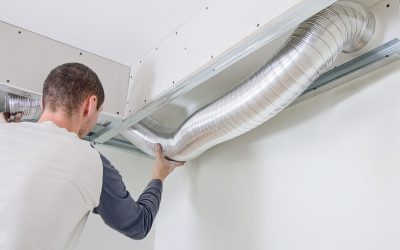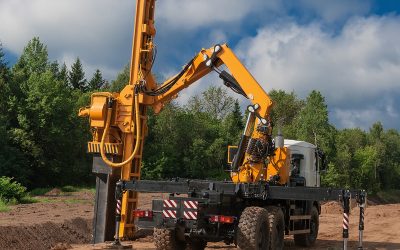In order to minimize and prevent corrosion, plate lifting clamps are made of steel and coated with corrosion resistant material. They are useful for both outdoor and indoor applications. You can find these durable clamps used in various settings, including construction sites, fabrication centers and industrial factors. They are also used in service facilities and repair shops.
Versatility
Plate lifting clamps are very versatile devices that can perform a number of different rigging tasks. Horizontal, vertical, multidirectional and universal lifts can be accommodated with the right plate lifting clamps.
Materials Lifted
The materials that may be lifted with these clamps include aluminum, structural steel plate, sheet plate, stainless steel and iron. They are often utilized with hoists, slings and cranes and provide excellent strength and durability to help safely accomplish rigging operations.
Use of Steel Plate Lifting Clamps
The primary purpose of plate lifting clamps is to lift the plate in order to position stack and transfer the plates to the required location on a job site.
These clamps are used to lifting heavy plate. They are given a visual inspection first and then place over the center of gravity of the plate. In certain cases, two clamps may be required to provide stability to a long or flexible load. A sling may sometimes be used between the hoist (or crane) and the clamp to add stability to the configuration. To prevent the plate from loosening, locking devices are often used on the vertical clamps.
Features of Plate Lifting Clamps
In order to protect the surfaces of polished plates that are to be lifted, steel plate lifting plates are available with rubber clamps that of a non-marring protective surface.
Clamp sizes are chosen based on plate thickness and the designated lifting load. The clamp’s jaw opening should be smaller than the load’s material thickness.
Precaution
The lifting clamp should not be welded or grinded to fit a plate. Such an action may produce an unsafe lifting situation. Instead the proper size clamp should be selected to fit the load properly without any need for adjustments.
Clamps should also be inspected on site to ensure they are in proper working condition.



